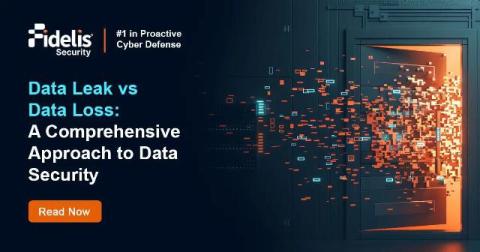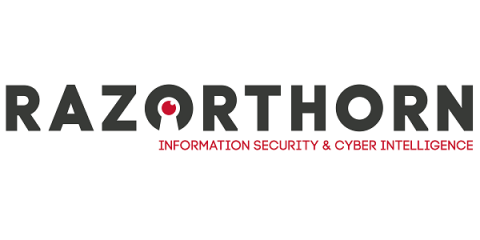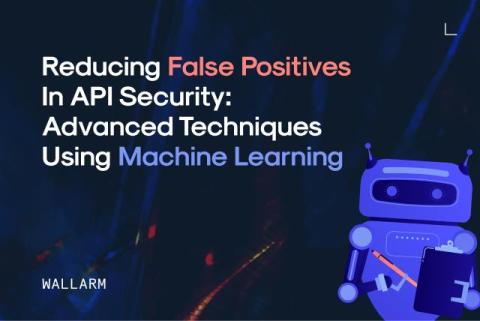Security | Threat Detection | Cyberattacks | DevSecOps | Compliance
Security
Data Leak Prevention vs Data Loss Prevention: Safeguarding Information in the Digital Age
In this digital age, enterprises in all industries are creating and accumulating an astronomical amount of sensitive data to store and exchange. Given a prevalence of highly sensitive data, preventing it from getting into the wrong hands or avoiding data loss by accident has become a top priority. While on surface data loss vs data leak can look harmless, it can lead to financial losses, reputational damages, and even trigger litigation.
Leveraging NDR for Risk-Based Alerting: A Proactive Approach to Cybersecurity
The traditional methods of detecting and mitigating cyberattacks will no longer be adequate as these attacks become sophisticated and frequent. These days, risk-based alerting and network detection and response (NDR) are regarded as essential tools for safeguarding enterprises. By avoiding false positives or low-priority warnings, risk-based alerting allows security teams to concentrate on the high-risk threats, saving time and resources.
SOSS Fusion 2024: Uniting Security Minds for the Future of Open Source
Discover key takeaways from SOSS Fusion 2024, where security experts gathered to learn from one another about improving our world, AI, and the future of open-source security.
Unlocking the Potential of GRC Tools: A Path to Strategic Risk Management
By James Rees, MD, Razorthorn Security In today’s complex cybersecurity landscape, Governance, Risk and Compliance (GRC) tools have become essential for organisations managing intricate security ecosystems. These tools are designed to centralise information, streamline processes and offer crucial insights into an organisation’s risk posture. However, as cybersecurity expert Jack Jones revealed when he joined me on a recent podcast, the reality often falls short of these ambitious claims.
Reducing False Positives in API Security: Advanced Techniques Using Machine Learning
False positives in API security are a serious problem, often resulting in wasted results and time, missing real threats, alert fatigue, and operational disruption. Fortunately, however, emerging technologies like machine learning (ML) can help organizations minimize false positives and streamline the protection of their APIs. Let's examine how.
From on-prem to cloud: Detect lateral movement in hybrid Azure environments
There are several tactics that threat actors can use to access cloud environments, services, and data. A common example is lateral movement, which involves techniques that enable a threat actor to pivot from one host to the next within an environment. This type of activity often uses other tactics, such as initial access and privilege escalation, as part of a larger attack flow.
Ending security obstructionism with human-centric security
Traditional cybersecurity practices often work to obstruct users rather than help them. In this article, we explore this phenomenon and ways to refocus on user-centered security.
The Need for Unwavering Security Controls
In the latest episode of CISO Conversations: EU Data Regulations, Richard Cassidy, EMEA Field CISO at Rubrik, is joined by Madeline Bennett, a Technology Journalist and Commentator, to discuss the essential security controls required to maintain cyber resilience.











